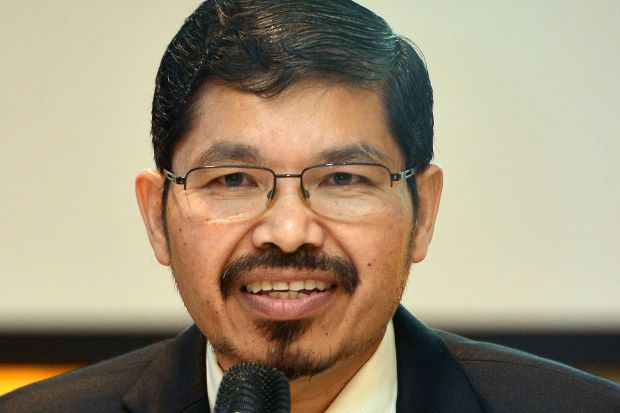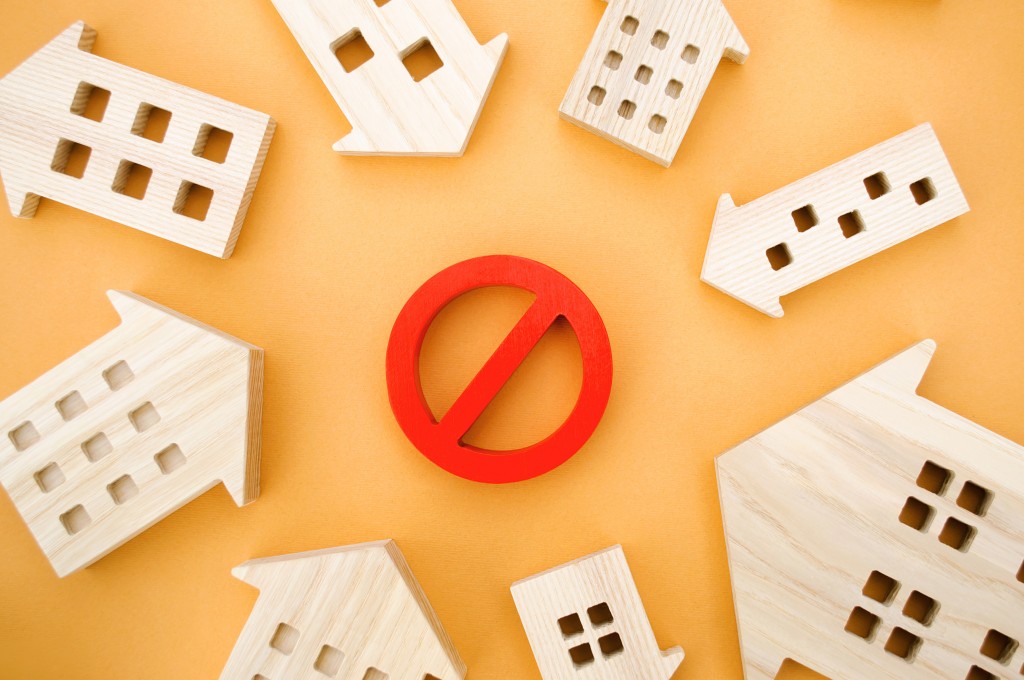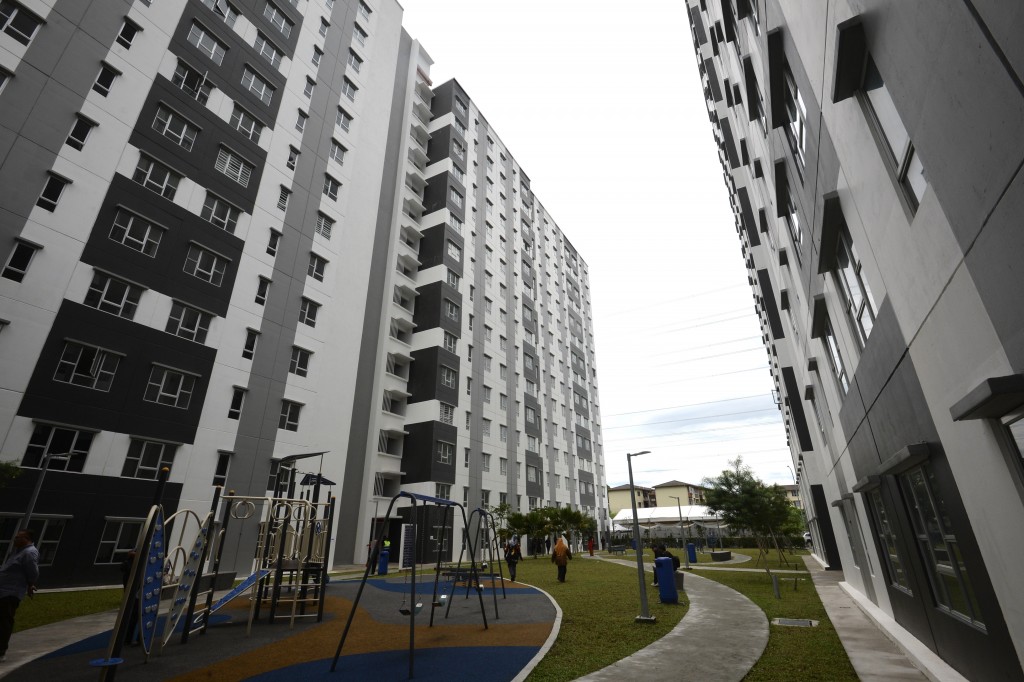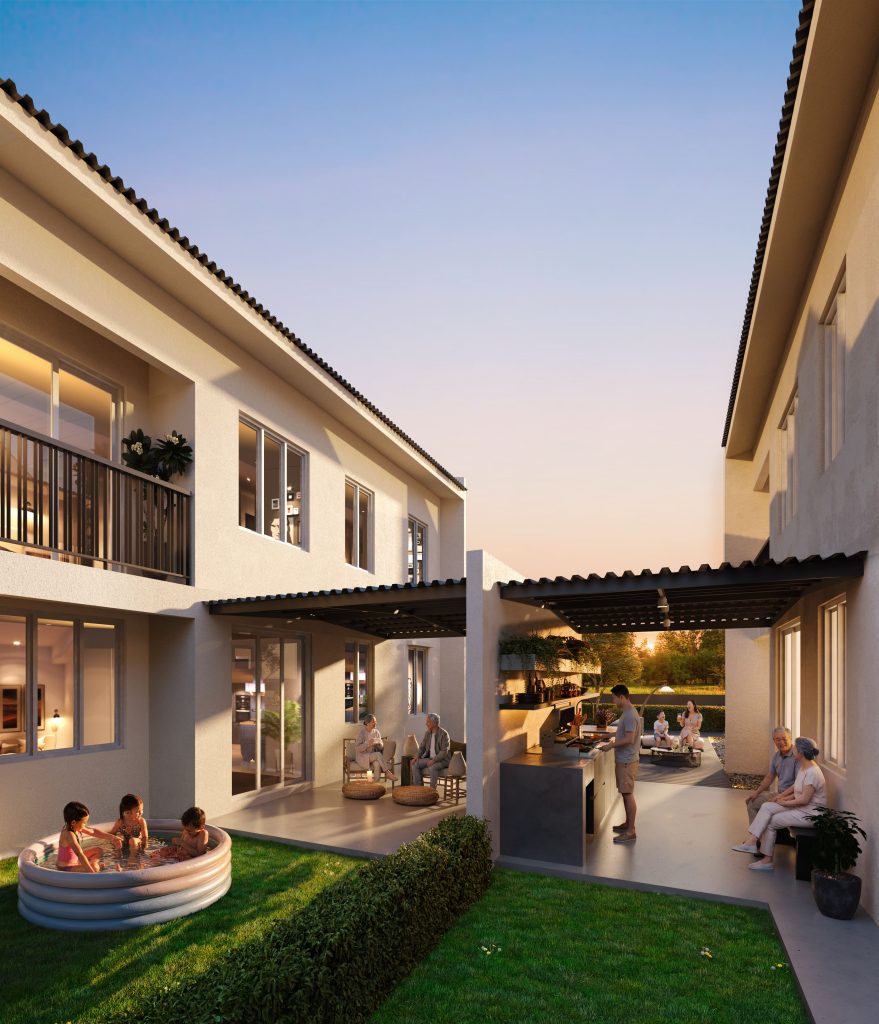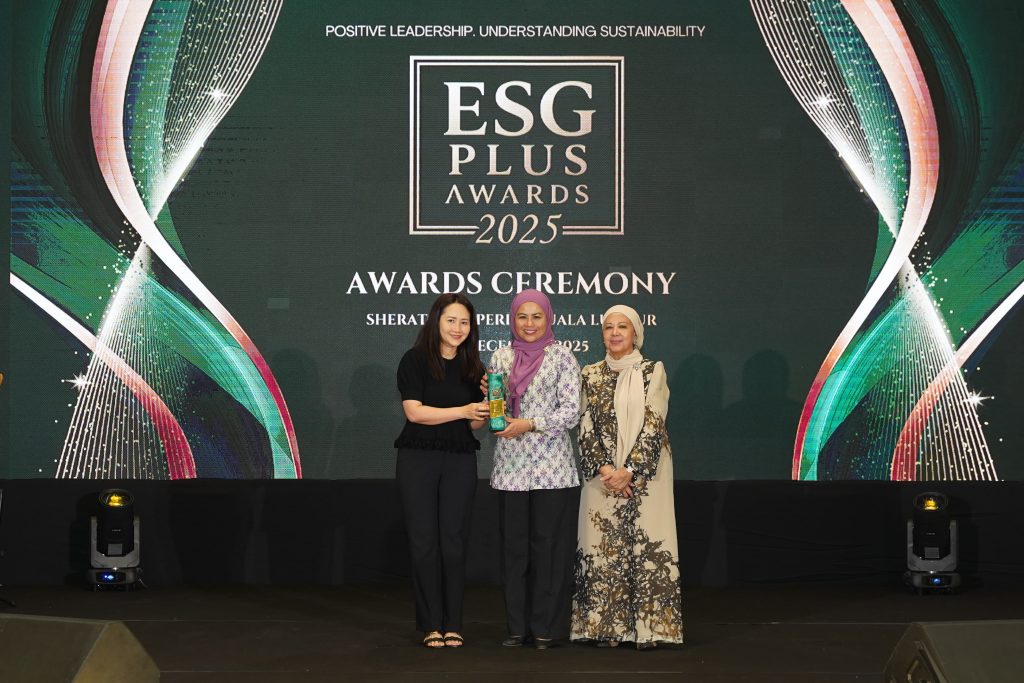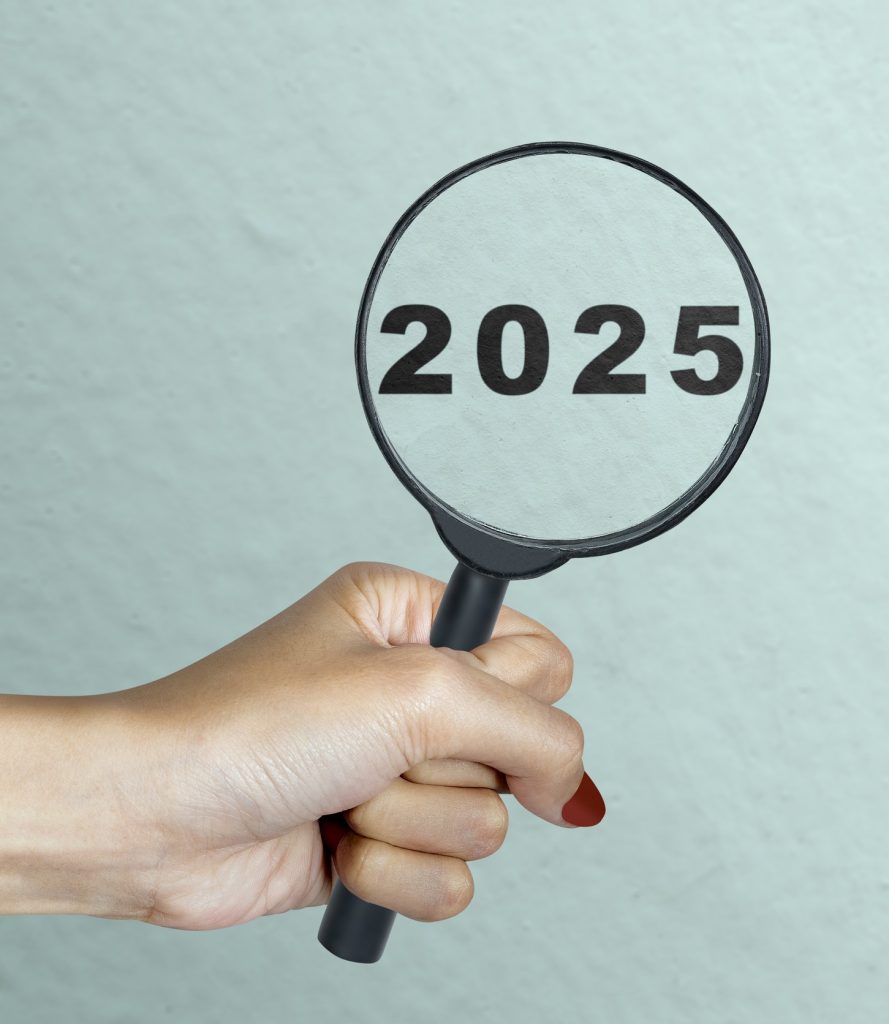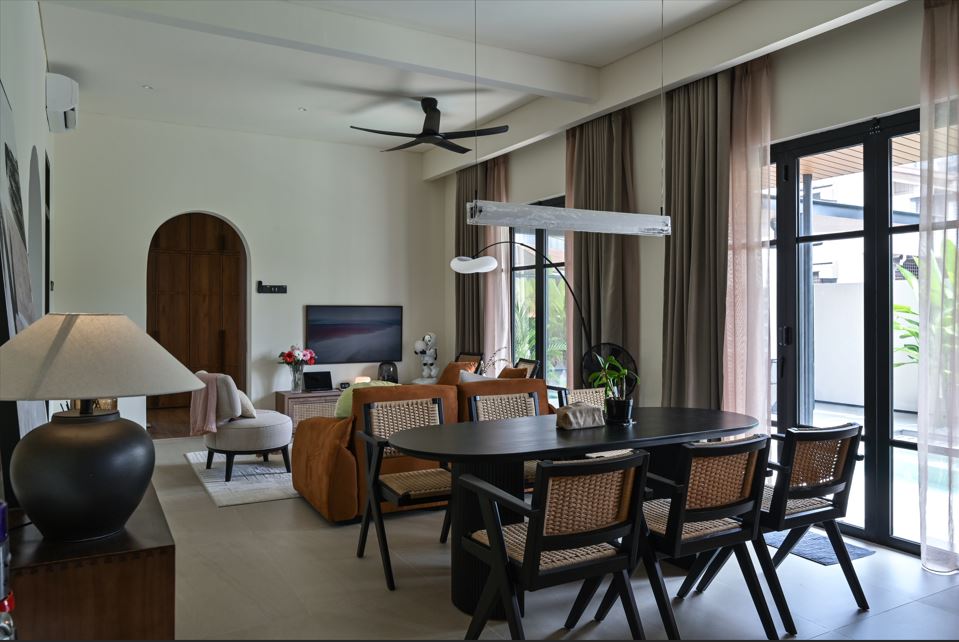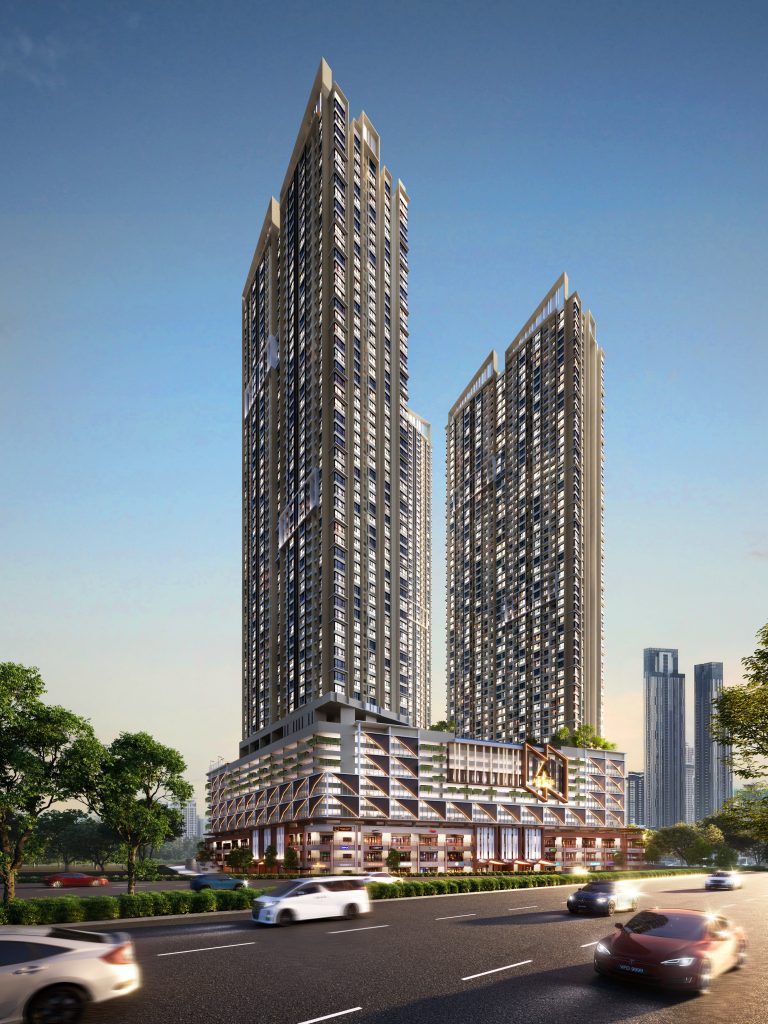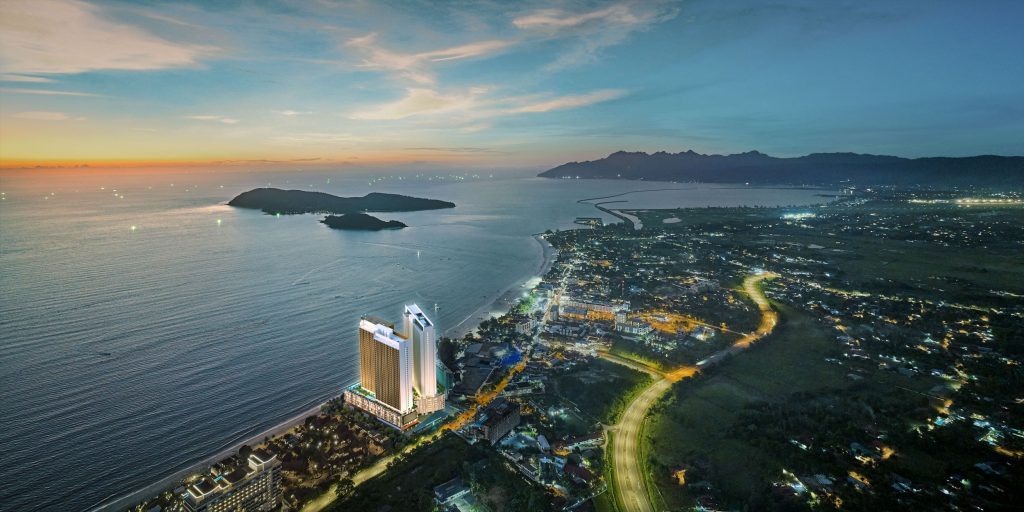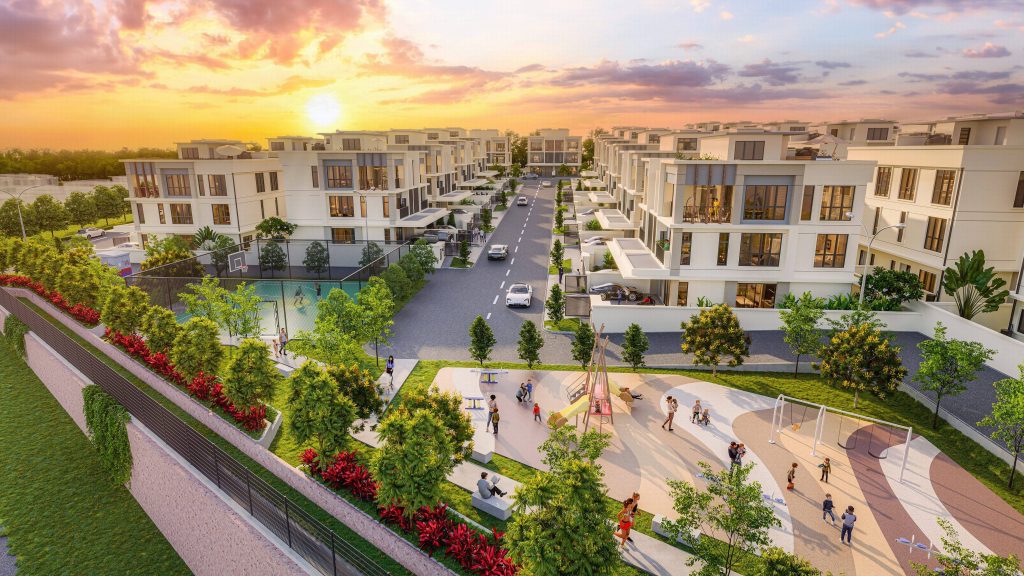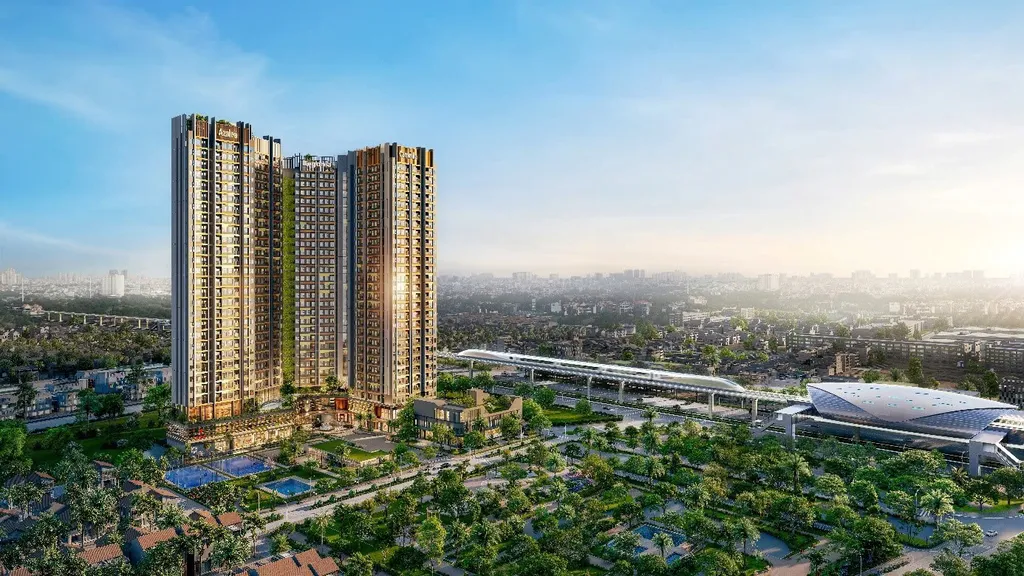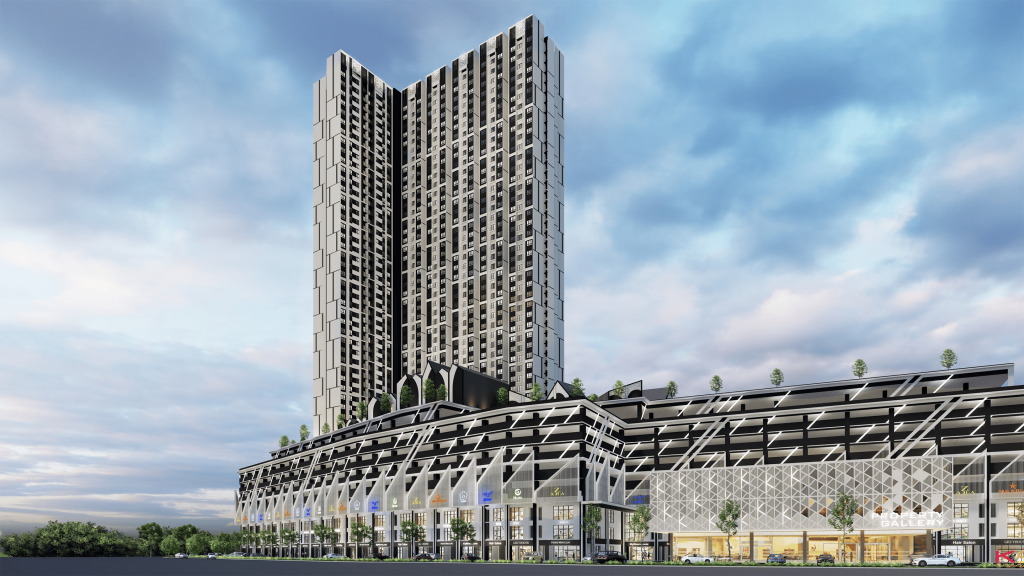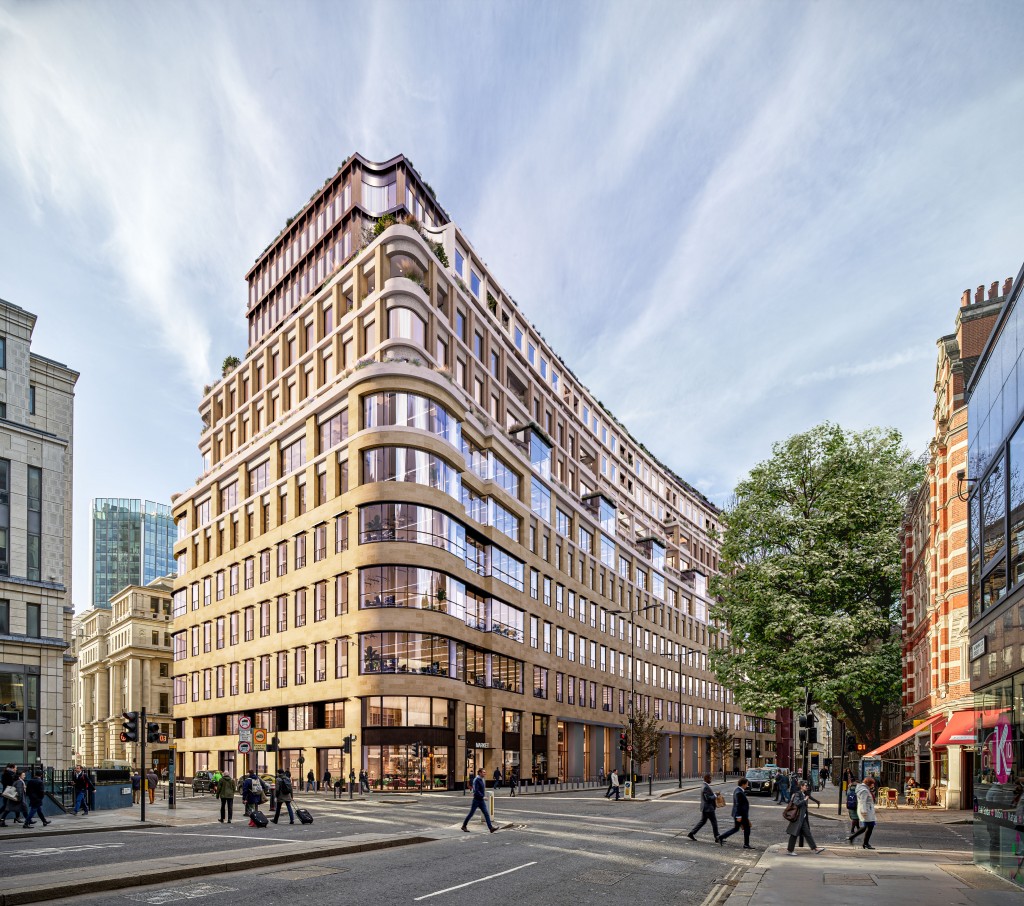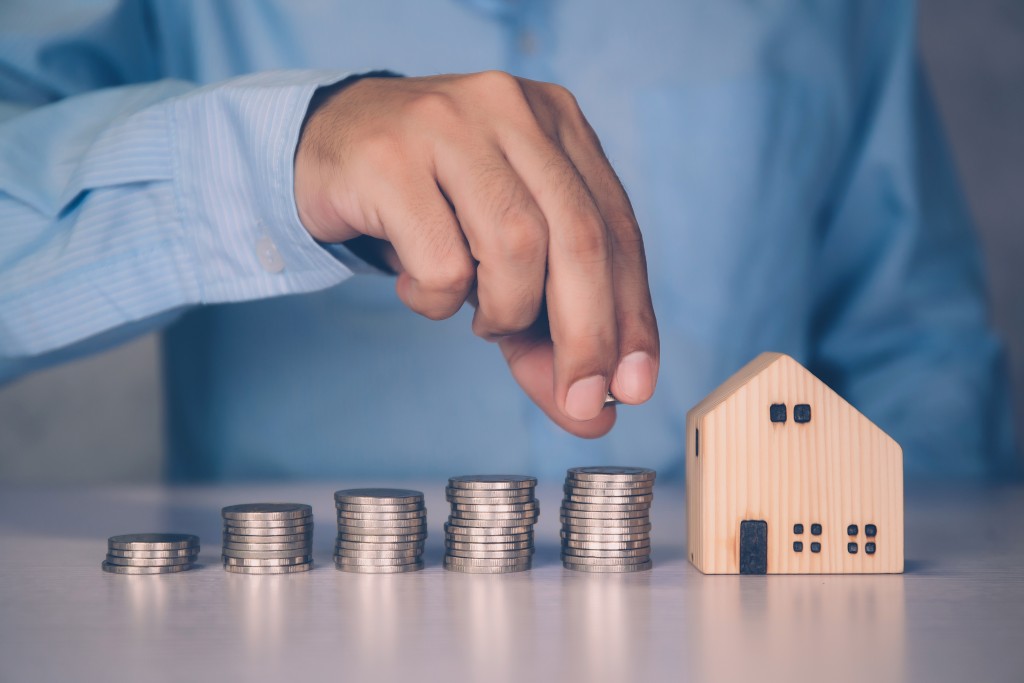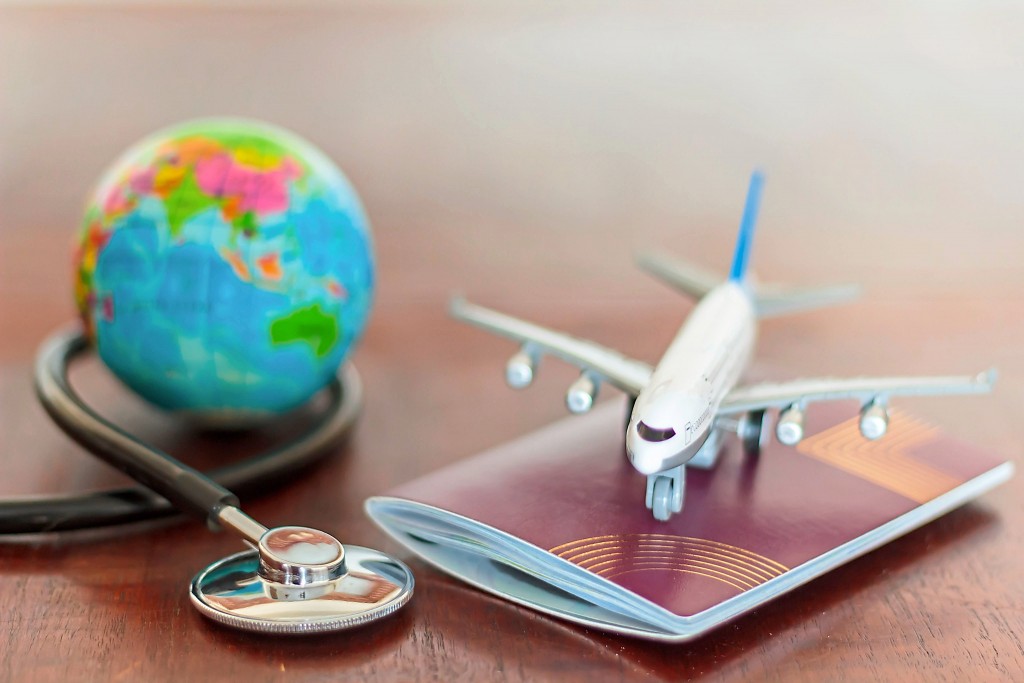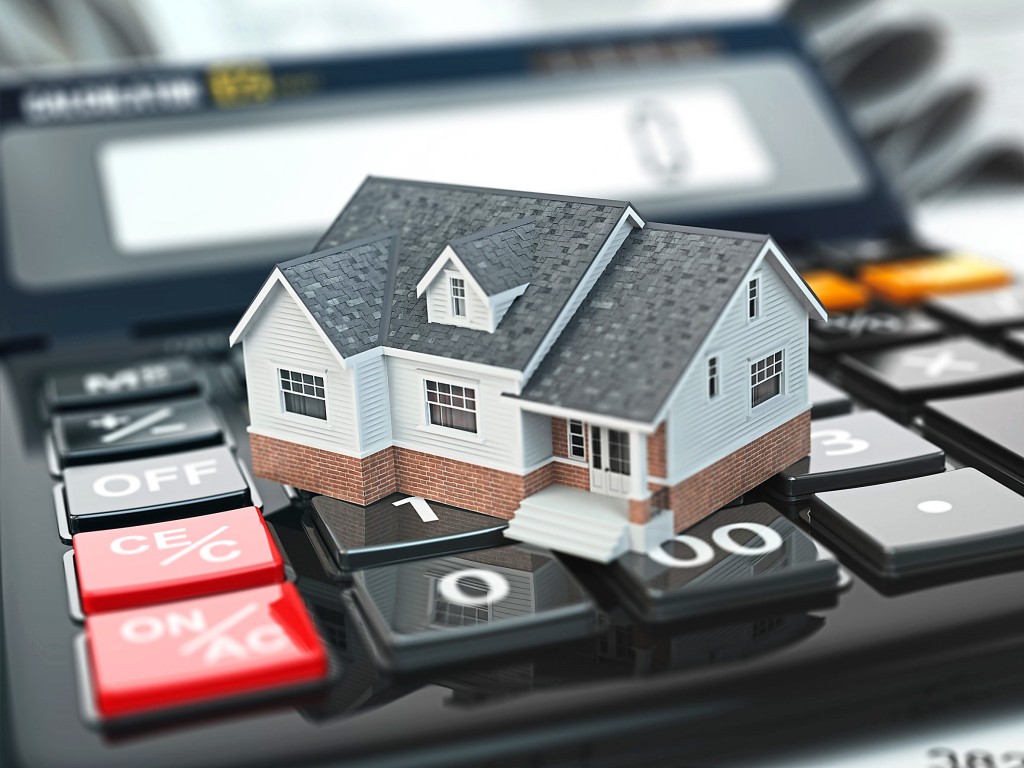PUTRAJAYA: The median monthly household income for Malaysians in 2016 improved 6.6% to RM5,228 from RM4,585 in 2014, said chief statistician of Malaysia Dr Mohd Uzir Mahidin (pic).
He said the mean monthly household income for Malaysians increased 6.2% to RM6,958 in 2016 from RM6,141 in 2014.
“Although the median and mean household income grew higher in 2016, it however moved at a moderate pace due to the slower economic performance compared to 2014,” he said at an event to launch the Household Income and Expenditure Statistics, Malaysia 2016 in Putrajaya on Monday.
The mean household income for the middle 40% (M40) group had the highest growth of 6.9% a year to RM6,502 in 2016 from RM5,662 in 2014.
Overall, the median household income for all groups of Bottom 40 (B40), M40, and Top 20 (T20) increased in 2016 by 6.6%, 6.9% and 6.2%, respectively, versus 2014.
Seven states surpassed the national median monthly household income of RM5,228, namely, the Federal Territory (FT) Kuala Lumpur (RM9,073) FT Putrajaya (RM8,275), Selangor (RM7,225), FT Labuan (RM5,928), Johor (RM5,652), Melaka (RM5,588) and Penang (RM5,409).
In terms of income distribution, Mohd Uzir said the Gini coefficient measurement showed a decline to 0.399% in 2016 from 0.401% in 2014, indicating an improvement in the Malaysian household income distribution.
A Gini coefficient of zero expresses perfect equality, where all values are the same (i.e., where everyone has the same income).
The income disparity ratio also improved where the ratio between the rural and urban setting was 1:1.76 in 2016 from 1:1.78 in 2014.
The incidence of poverty decreased to 0.4% in 2016 from 0.6% in 2014.
Mohd Uzir said the survey also covered data at the district levels.
“For the first time, we have included data on the districts of all states. It can be used to help state governments, district offices and organisations plan and address social and economic development more efficiently,” he added.
On consumption expenditure, he said Malaysians spent an average RM4,033 a month, an increase of 6% from 2014.
“Almost 70% was spent on four main groups, namely, housing, water, electricity, gas and other fuels (24%), food and non-alcoholic beverages (18%), transport (13.7%) and restaurants and hotels (13.4%). The scenario is in line with the composition of a developed country's spending pattern.
“Given the challenging economic environment and volatility of prices of goods in the country, these results for the income and expenditure of Malaysians is commendable.
“It reflects that Malaysia is on track to achieving the aspirations of the National Transformation 2050, despite registering a higher inflation rate of about 3.5% in August,” Mohd Uzir added.
The 18th series of the survey report which involved 85,400 household premises throughout the country was conducted from May 2016 to April 2017.

